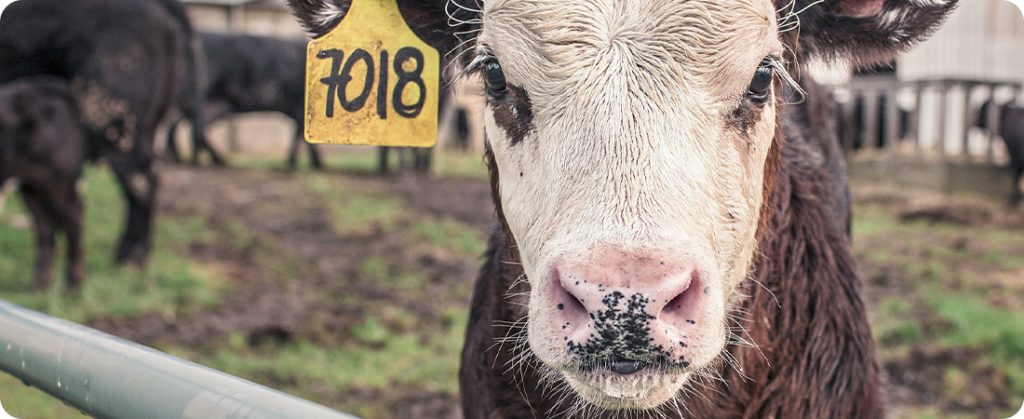
In the last three years, Argentina has faced a serious crisis due to intense drought, which significantly affected livestock production.
However, hopeful news appears on the horizon, with El Niño expected to bring relief to the situation. It is expected that above-average rainfall will help in the recovery of pastures, enabling the restoration of local herds.
Furthermore, due to the recovery of pastures, the USDA predicts a slaughter of 13.4 million heads in 2024, in line with the average from 2018 to 2022. This represents a drop of 900 thousand heads compared to the year 2023, which is being marked by climatic and economic challenges.
The impact of inflation and political changes on beef exports
“In parallel with the purchasing power eroded by inflation, the drop of almost 30% in the price of exports to China and the dry climate, which forced the sale of empty cows and underweight calves, helped to depress the prices of calves and cattle in the first semester. Expectations of climate improvement and changes in the political environment brought an increase in the price of cattle in August”, points out an analysis by DATAGRO Pecuária.
Expectations of an improvement in weather conditions and possible changes in the political environment have driven an increase in cattle prices this month. However, the political future is still uncertain, with two major political campaigns promising changes to export controls and improvements in the exchange rate, which could affect domestic prices and the availability of cattle for slaughter.
“Even in 2023, the trend for beef is that domestic per capita consumption will increase, as the large slaughter of cattle is not supported by exports. This makes domestic beef prices competitive with pork and poultry. However, for 2024, the expectation of lower beef production and improvements in exports could reverse this scenario”, assesses DATAGRO Pecuária.
Source: datagro










